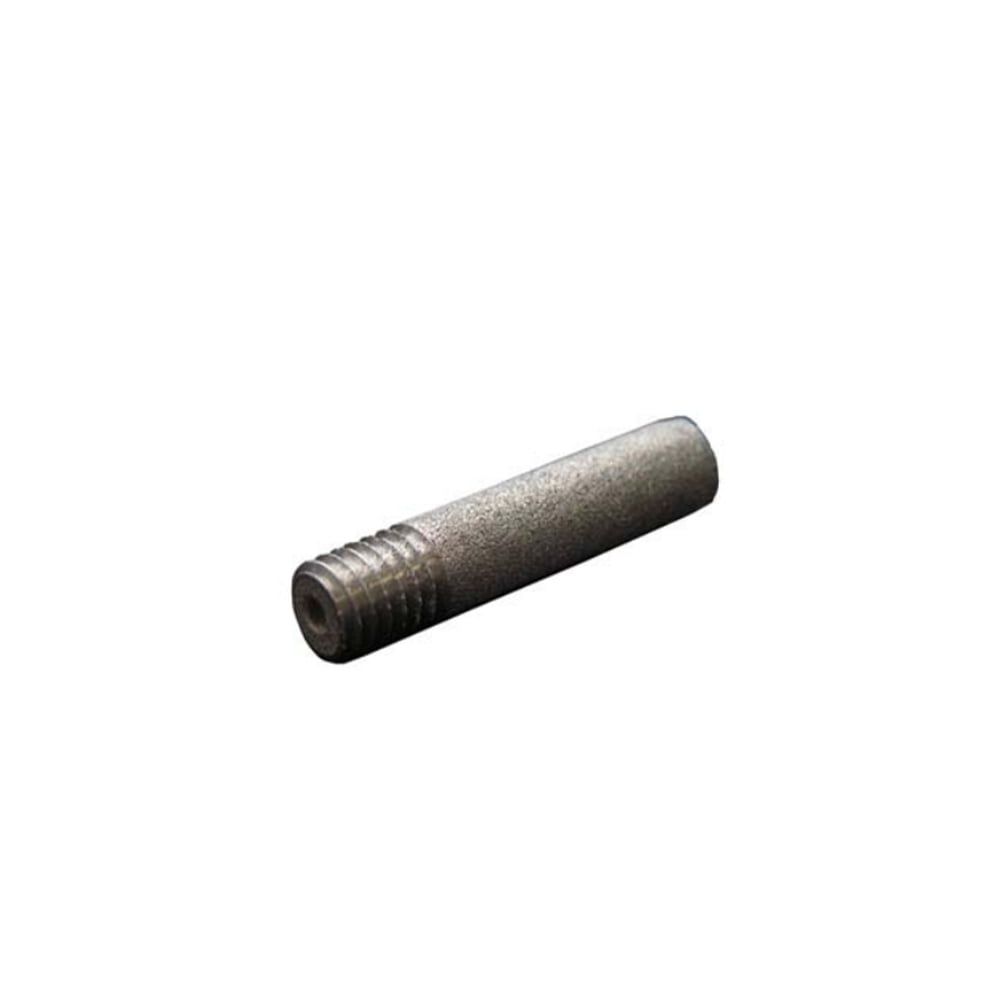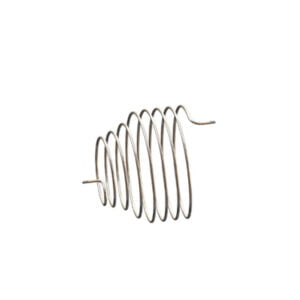Descripción
Robotic waterjet parts
Item number: 05110531 HP-Filter 1/4″
Detalles: utilizado en los brazos robóticos de ABB, estación de trabajo robotizada de corte por chorro de agua

Relacionado robotic waterjet parts:
Robótico Sistema de corte por chorro de agua: Yaskawa robotic waterjet workstation, Dual Fanuc robotic waterjet workstation, ABB robotic waterjet workstation




FAQ of platform waterjet machine & robot waterjet system:
What are the advantages of each of the different types of robots in a robotic water jet cutting system?
Different types of robots in robotic water jet cutting systems have their own advantages. Here are a few common types of robots and their advantages:
Six-axis robots (tandem robots): Six-axis robots have six degrees of freedom, allowing them to move and maneuver flexibly in space. Its advantages include:
Large workspace to cover a wide range of cutting areas.
High degree of flexibility and maneuverability to perform complex cutting paths and movements.
Ability to handle a wide range of workpiece shapes and sizes, adapting to different cutting needs.
Can cut at multiple angles and directions, providing more cutting options.
SCARA Robots: SCARA (Selective Compliance Assembly Robot Arm) robots have a parallel-jointed structure and are commonly used for fast and precise maneuvers. Their advantages in robotic water jet cutting systems include:
High-speed maneuverability for rapid execution of cutting tasks and increased productivity.
Highly accurate positioning and repeatability for precise cutting operations that provide superior cut quality.
Compact structural design for limited workspace and tight environments.
Suitable for smaller workpiece sizes and relatively simple cutting paths.
Collaborative Robots (Collaborative Robots): Collaborative robots are robots that work with human staff and have the ability to cooperate with humans and machines. Their advantages in robotic water jet cutting systems include:
High safety, allowing them to share the workspace directly with the operator without the need for additional protective equipment.
Flexibility to collaborate with human staff on complex cutting tasks.
Resettable and reprogrammable to adapt to different cutting needs and workpiece types.
Suitable for small batch and diverse production environments with the ability to quickly adjust and switch tasks.
It is necessary to select the appropriate robot type according to the specific cutting requirements, workpiece characteristics and production environment. Taking into account factors such as workspace, cutting requirements, productivity, safety and flexibility, choosing the most suitable robot type can improve the performance and efficiency of the cutting system.




